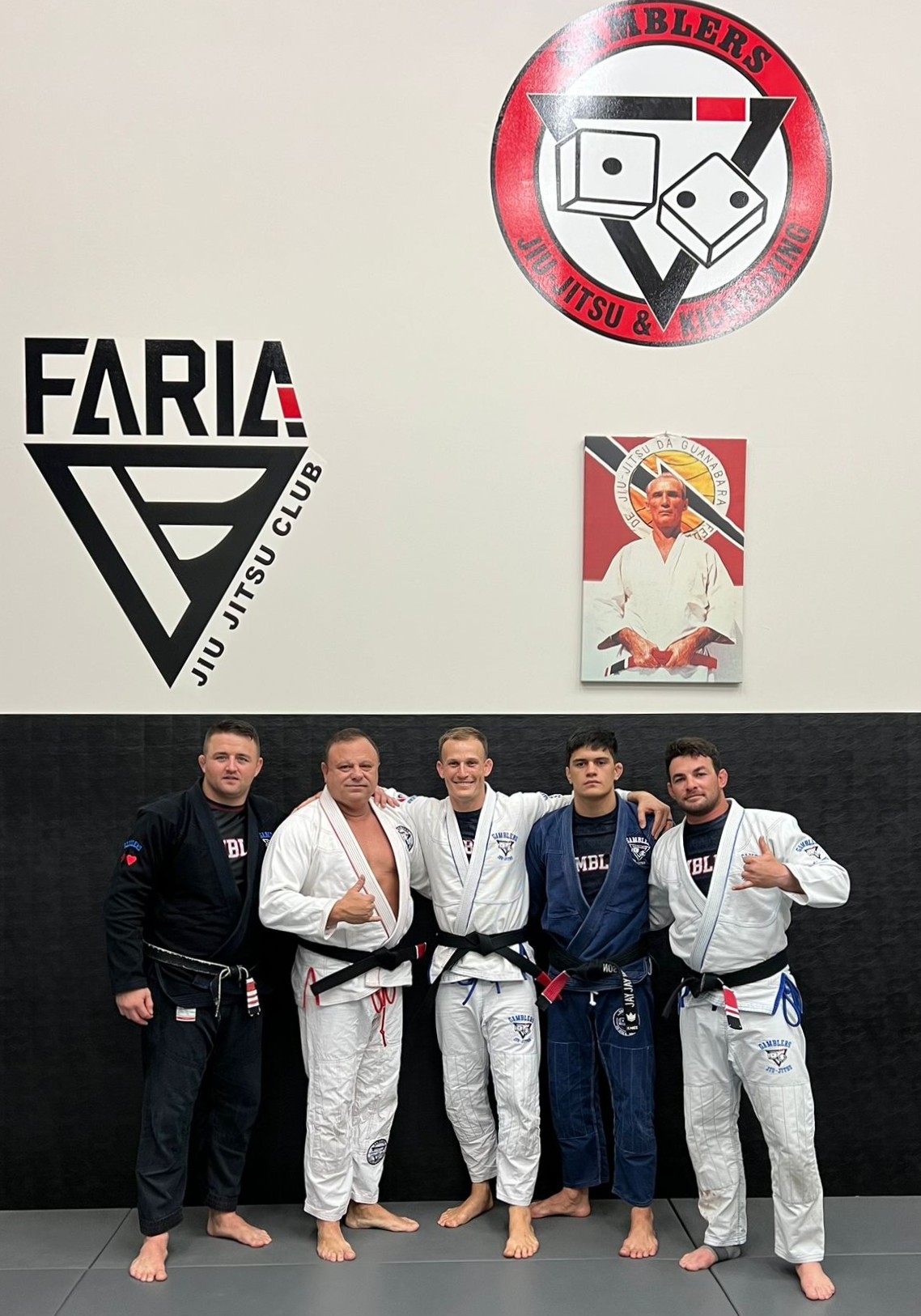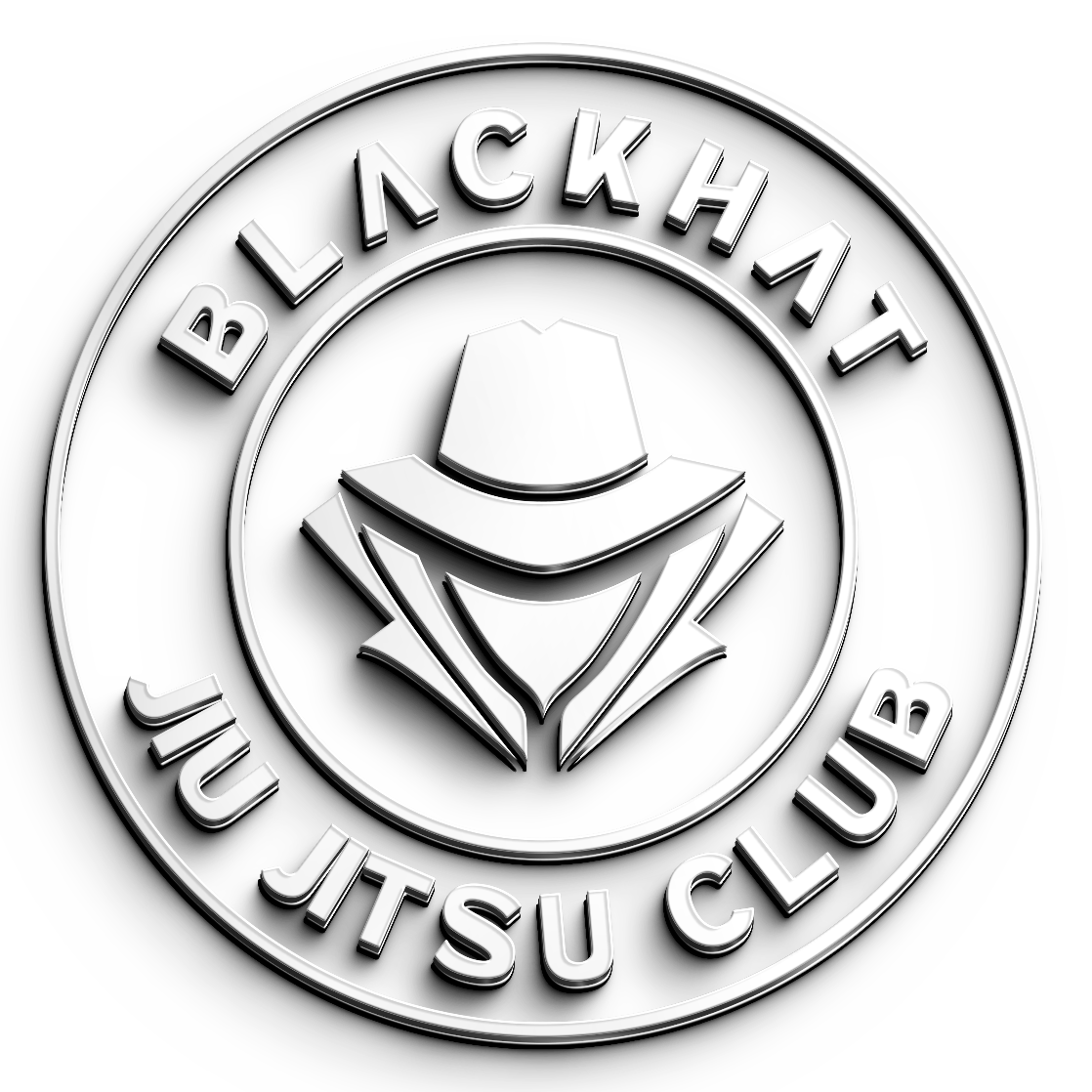
I'm interested!
Thanks for contacting us!
We will be in touch shortly.If you contacted us outside of business hours it might take us a bit longer to respond.
Veteran Owned
Modern Techniques
Friendly Environment
Great Pricing
Brazilian Jiu Jitsu
Brazilian Jiu-Jitsu (BJJ) traces its origins to early 20th-century Japan, where the martial art of judo gave rise to various offshoots. Mitsuyo Maeda, a judoka, played a crucial role in spreading the art to Brazil, where he taught Carlos Gracie. The Gracie family, particularly Helio Gracie, adapted and refined the techniques, emphasizing leverage and strategy to overcome larger, stronger opponents. Their innovations laid the foundation for modern BJJ, earning them recognition as pivotal figures in its development.
When BJJ arrived in the United States, it encountered a dynamic martial arts culture that valued innovation and competition. The competitive spirit of American grappling led to the evolution of BJJ, as practitioners began incorporating effective techniques from wrestling, sambo, and other grappling disciplines. The rise of mixed martial arts (MMA) further accelerated this progression, showcasing BJJ’s effectiveness in real combat situations while spurring the art to adapt and refine its approach to positional control and submissions.
At our gym, we honor BJJ's roots in self-defense while embracing its evolution into a highly competitive and versatile grappling art. Our program emphasizes techniques that work against the most skilled opponents across various styles, focusing equally on dominance, top control, and survival from the bottom. We believe Jiu-Jitsu should empower practitioners to excel in all scenarios, whether in competition or real-world situations. Come experience a week of training with us and discover how our program can elevate your game and prove its effectiveness firsthand!
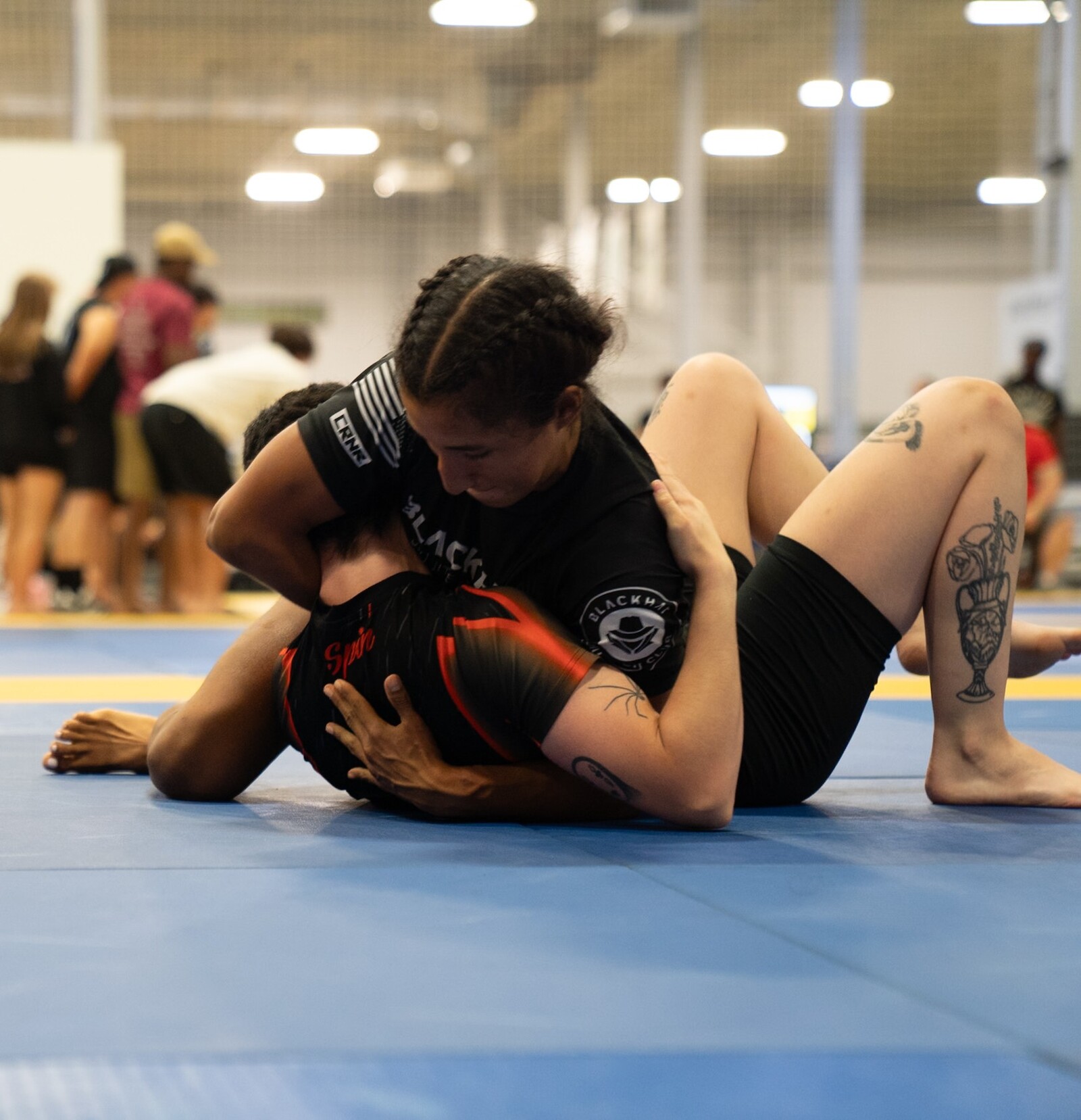
Why Choose BlackHat Jiu Jitsu Club?
Our Core Principles:
Treat everyone with respect, regardless of rank, skill, or ability.You control your training; participate at your comfort level.
Good hygiene is strictly enforced to maintain a safe and clean training environment.
Cross-training is encouraged; train with us and wherever else you like.
Questions are always welcome—no one is shamed for seeking clarity.
No hidden fees: Monthly membership covers everything except optional gear or merchandise.
What You’ll Find Here:
Supportive teammates who want to see you succeed.A welcoming and inclusive environment for all skill levels.
Coaches who encourage questions and are passionate about teaching.
A challenging training program with plenty of live sparring.
Modern, proven techniques that work against skilled opponents.
What You Won’t Find Here:
Rigid hierarchies based on seniority.Toxic training partners who focus on “winning” in practice.
Coaches with fragile egos who discourage curiosity.
Lazy or unstructured lesson plans.
Ineffective techniques that only work in theory or on unskilled opponents.
Frequently Asked Questions
Check out the most frequently asked questions about BlackHat Jiu Jitsu Club.
Still haven't found the answer?
Contact UsWhat should I expect in my first BJJ class?
If you have never trained BJJ or another grappling sport before, we strongly encourage you to schedule an "Intro" class with us prior to participating in your first class. This Intro class will be a 1-on-1 session with one of our coaches to give you a broad understanding of what to do, what not to do, and what to expect from your Jiu Jitsu journey. The Intro class will last about 30 minutes, and will include a private lesson so you can be introduced to some fundamental concepts that will be essential to your success.
If you're wanting to dive headfirst into the sport without an intro class, you are welcome to do so. Dress in athletic clothing, preferably with a tight fitting top and shorts with no pockets or zippers. Make sure to remove all jewelry before class to avoid injury. Say "hi" to whoever is on the mat, and let the coach take care of the rest! At BlackHat, you are guaranteed to learn something, be challenged, and be looked after with care. We pride ourselves at introducing brand new beginners to the sport, and would love an opportunity to be your first gym.
Do I need to be in good shape to start BJJ?
No, you don’t need to be in great shape or even good shape to start Jiu Jitsu. Jiu Jitsu is accessible to people of all fitness levels. With that being said, it is very important to note that speed, size, and strength all play a crucial role in your overall effectiveness as an athlete. The healthier you are, the greater your potential for success. If you have any spine, neck, or other serious medical conditions that could complicate regular physical activity, we recommend speaking with a healthcare professional before starting. Our focus is on gradual improvement, and we can help you get fitter as you progress!
What equipment do I need to start training in BJJ?
None! Athletic clothing, preferably a tight-fitting shirt and shorts without pockets or zippers is all you'll need to have a great training session. As you become accustomed to the sport, you may choose to train with a "Gi", which you would have to purchase yourself.
Is BJJ effective for self-defense?
Yes, Jiu Jitsu is more effective for self-defense now than ever before. Traditional Jiu Jitsu was created with self-defense in mind, which led to a heavy emphasis on the bottom game. While this was valuable for overcoming larger opponents, it also led to the pitfall of becoming "comfortable" in the bottom position. Modern Jiu Jitsu has evolved significantly by integrating techniques from wrestling and Judo, improving takedowns, scrambles, and escapes. Today, Jiu Jitsu is much more balanced and dynamic—no longer about lying on your back and pulling your opponent on top of you, but about controlling and escaping from any position to protect yourself in real-life situations.
What is the difference between Gi and No-Gi Jiu-Jitsu?
Jiu Jitsu originally became popular in Brazil with the use of the “gi,” a traditional kimono-like uniform worn during training and competitions. The gi allows practitioners to grip various parts of the uniform, such as the sleeves, collar, and pants, which alters the dynamics of grappling. This creates a style of Jiu Jitsu where grips and control via the gi are central elements of the game.
No-Gi Jiu Jitsu, on the other hand, doesn’t involve the gi, and practitioners wear athletic gear such as rash guards and shorts. In No-Gi, grabbing clothing is not allowed, which changes the nature of the exchanges. No-Gi Jiu Jitsu has grown significantly, particularly in the U.S., due to its popularity in MMA. The fast-paced nature of No-Gi, along with its similarities to wrestling, has attracted a new audience from various combat sports.
No-Gi, along with styles like Sambo and Catch Wrestling, now falls under the broader category of "Submission Grappling." While there are slight differences in rules, these disciplines all share overlapping tactics and techniques, making them part of the same grappling family.
How long does it take to earn a black belt in BJJ?
This is the age-old question, often debated in Jiu Jitsu circles and online forums. The answer depends on several individual factors, including athleticism, coordination, flexibility, coachability, quality of instruction, training frequency, and recovery habits.
Some exceptional athletes have earned their black belts in under 5 years, but this is extremely rare. For the average practitioner training consistently 4-5 days a week without taking long breaks, it typically takes about 10 years to earn a black belt. However, many practitioners don’t maintain the commitment required to progress to that level.
What truly sets Jiu Jitsu apart is its depth. A black belt is not the end of the journey—it’s often said that "the journey begins at black belt." The skill gap between a new black belt and a world-class black belt is wider than the gap between a white belt and a new black belt, reflecting the endless potential for growth in the art.
Schedule
Adult Jiu Jitsu
6 - 7amAdult Jiu Jitsu
Adult Jiu Jitsu
6 - 7amAdult Jiu Jitsu
Adult Jiu Jitsu
6 - 7amAdult Jiu Jitsu
Book Session
Booking Confirmed
Added to waitlist
Booking Confirmed
We look forward to seeing you soon!
Please let us know ahead of time if you are not able to make your scheduled time.
You are now on the waitlist. If a spot opens up we will notify you via Email.
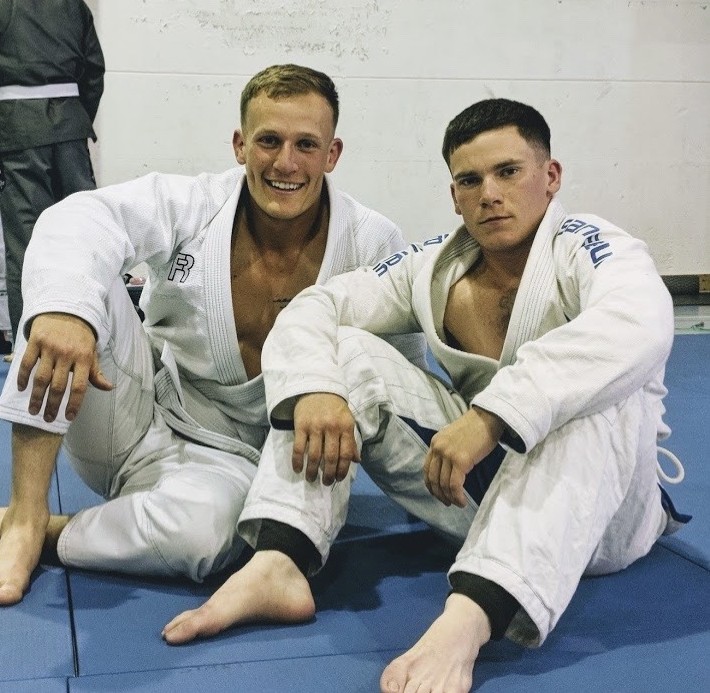
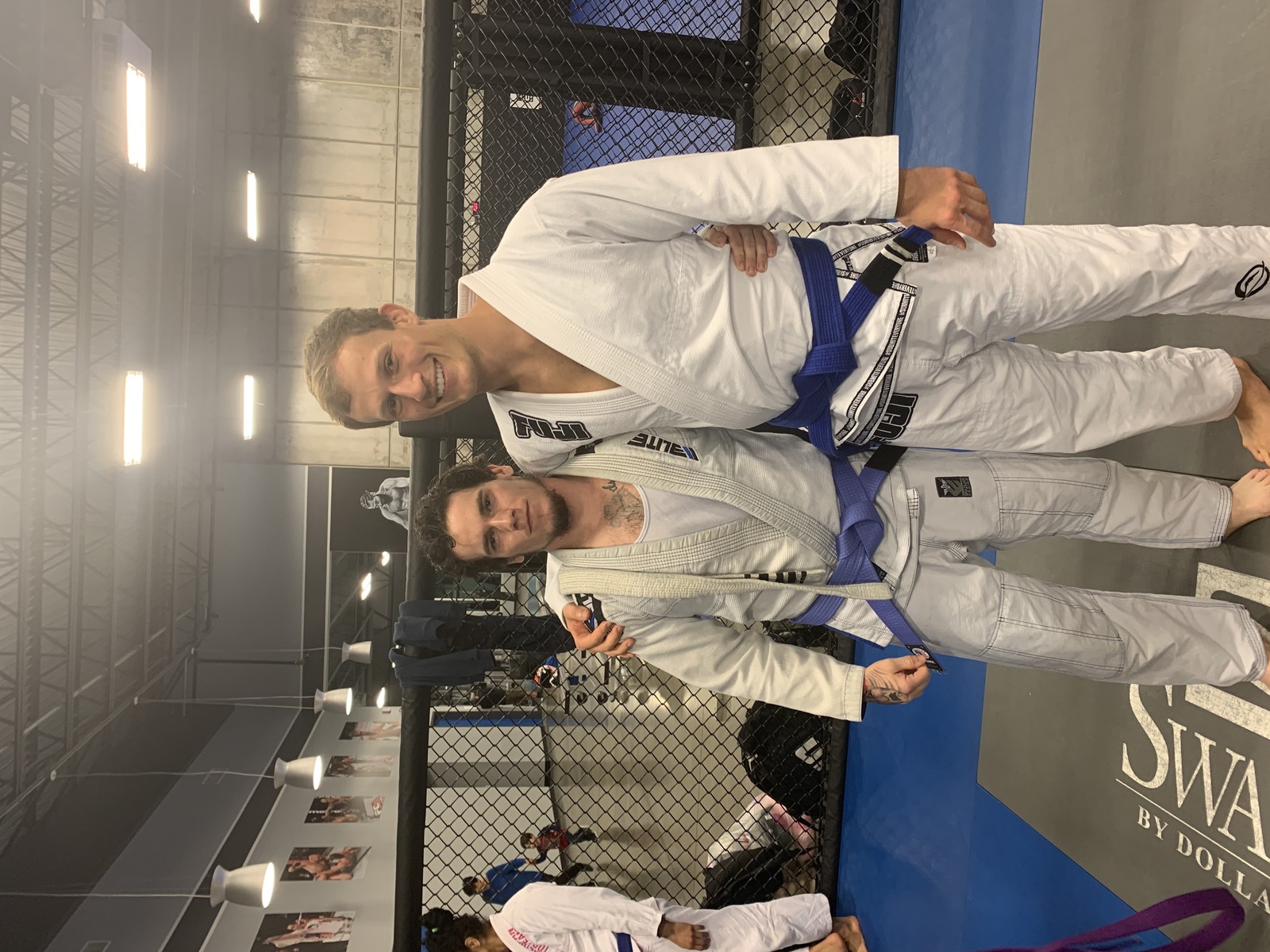
Rob and Travis first met in the Marine Corps in 2015, when both were assigned to 1st Battalion, 6th Marines. During their first deployment in 2016, they were introduced to Jiu Jitsu by Curtis and Rusty, a purple belt and a blue belt, who were deployed with them. The only space available for consistent training was a patch of flattened-out cardboard laid over the rough nonskid flooring in the well-deck of a Navy ship. That austere training setup marked the beginning of their journey in Jiu Jitsu.
Over the next two years, Rob and Travis trained wherever they could, despite constant travel for military training events and a second deployment. Some memorable training locations during their enlistments included a tarp laid out in the Mojave Desert, a basement gymnasium at a military base in Estonia, 80-year-old barracks buildings in Virginia, and run-down industrial buildings with broken windows during the dead of winter in North Carolina.
After leaving the Marine Corps, Rob and Travis joined their first gym at the renowned American Top Team in Coconut Creek, FL. As life moved on, they relocated several times, leading to new gyms and new experiences. Rob eventually trained at Gamblers Jiu Jitsu and Kickboxing in Palm Beach Gardens, where he earned his Brown Belt in April 2022 and his Black Belt in December 2023, under the instruction of Jay Jay Wilson and Johnny Faria.
By the end of 2024, Rob and Travis had settled in the St. Augustine/Jacksonville area. They wanted to create a club that reflected their non-traditional roots in Jiu Jitsu, leading to the founding of BlackHat Jiu Jitsu Club. Their vision was to offer high-quality instruction, challenging training, a welcoming environment, and reasonable prices, making BlackHat a standout destination in the community.
